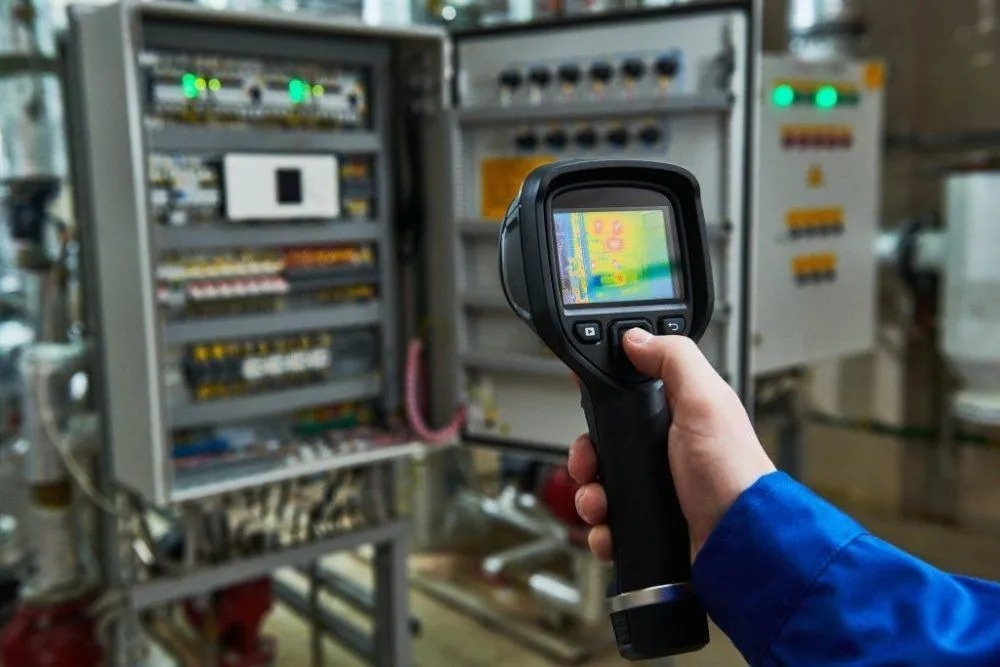
Electrical Safety Audit is Important
Electrical safety is a critical aspect of any facility—whether industrial, commercial, or residential. An Electrical Safety Audit (ESA) is a systematic evaluation of electrical systems, equipment, and practices to identify risks, ensure compliance, and prevent accidents. It’s not just a regulatory requirement—it's a proactive step toward protecting people, property, and productivity.
Why Electrical Safety Audits Matter
- Prevent Electrical Accidents: Detect hazards such as loose connections, overloaded circuits, faulty wiring, or outdated components to avoid shocks, short circuits, or fires.
- Ensure Legal and Regulatory Compliance: Stay compliant with standards like IEC, NEC, and OSHA to avoid penalties or legal issues.
- Protect Employees and Occupants: Promote a safe working environment to reduce injury risks and improve trust and productivity.
- Reduce Downtime and Maintenance Costs: Prevent failures and downtime by identifying issues early.
- Improve Insurance and Liability Standing: Documented audits can help reduce premiums and strengthen legal protections.
- Enhance System Performance and Longevity: Efficient, well-maintained systems last longer and save money over time.
What’s Included in an Electrical Safety Audit?
- Inspection of wiring, distribution boards, switchgear, and protection devices
- Evaluation of grounding/earthing systems
- Thermographic (infrared) scanning to detect hot spots
- Review of electrical load and system capacity
- Verification of safety signage, labeling, and emergency procedures
- Documentation and recommendations for corrective action
Conclusion
An Electrical Safety Audit is an essential preventive tool not a luxury. It safeguards people, ensures compliance, improves system reliability, and reduces operational risk.

